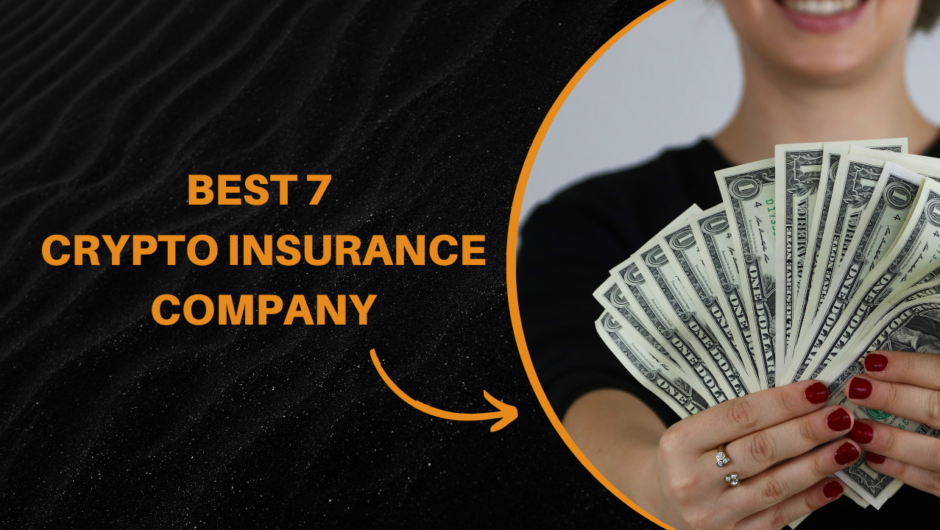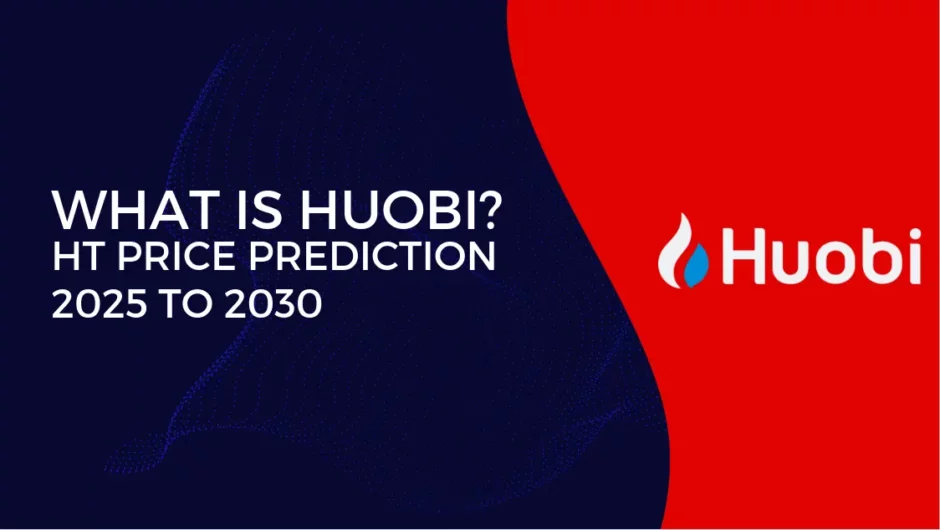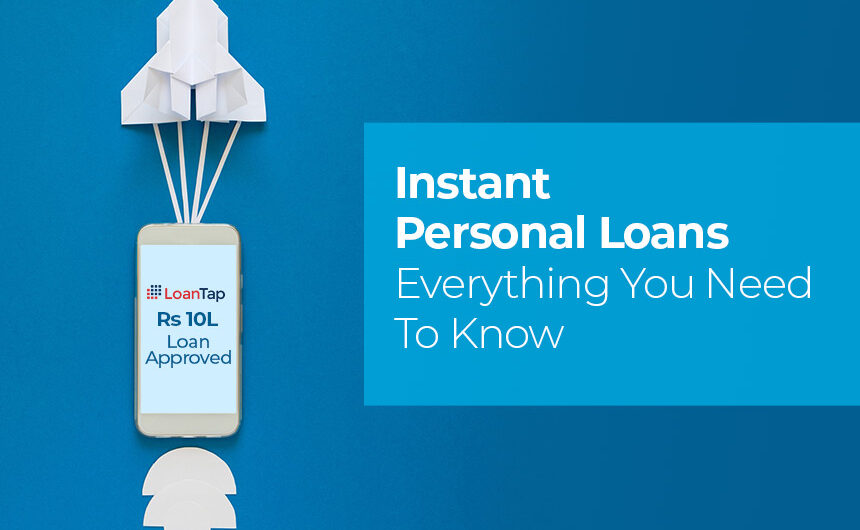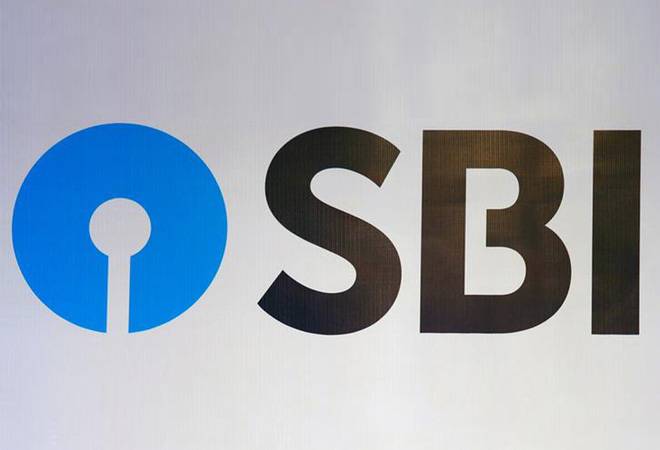Decentralized Finance (DeFi) lending platforms represent a revolutionary approach to borrowing and lending in the financial landscape. Built on blockchain technology, these platforms enable users to lend and borrow cryptocurrencies without the need for traditional financial intermediaries such as banks. With DeFi lending, individuals can earn interest on their crypto holdings by supplying them as collateral for loans, while borrowers can access funds by locking up collateral. This introduction sets the stage for exploring the transformative potential of DeFi lending platforms, which offer increased accessibility, transparency, and efficiency compared to traditional lending systems.
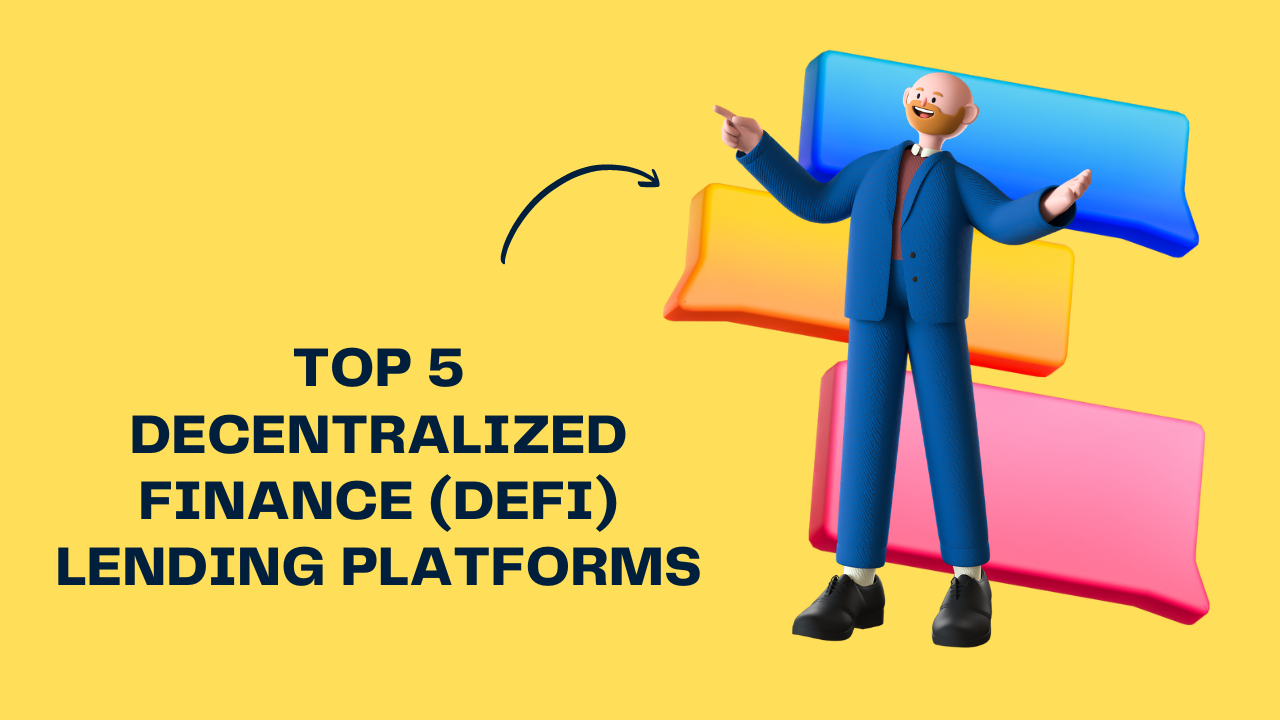
Top 5 Decentralized Finance (DeFi) Lending Platforms are:
1. Compound
Compound is a leading decentralized finance (DeFi) lending protocol that facilitates borrowing and lending of cryptocurrencies in a decentralized manner. Launched in 2018, Compound operates on the Ethereum blockchain and allows users to lend their digital assets to earn interest or borrow assets by providing collateral.
One of the key features of Compound is its algorithmically determined interest rates, which fluctuate based on the supply and demand dynamics of each supported asset. This automated interest rate mechanism ensures that users always receive competitive rates for their deposits and fair borrowing rates for their loans. The protocol supports a variety of cryptocurrencies, including Ethereum (ETH), Wrapped Bitcoin (WBTC), and stablecoins like DAI and USDC. Users can supply these assets to Compound’s liquidity pools to earn interest or borrow against them by providing sufficient collateral.
Compound is governed by its native token, COMP, which enables holders to participate in the protocol’s governance and decision-making processes. COMP holders can propose and vote on changes to the protocol’s parameters, such as interest rates and asset listings, ensuring a decentralized and community-driven governance model.
2. Aave
The Aave Protocol stands as a cornerstone of decentralized finance (DeFi), offering users the ability to earn interest, borrow assets, and contribute to liquidity pools across multiple networks and markets. Currently, a staggering $16,703,484,231.02 worth of liquidity is locked in Aave, spanning eight networks and over 15 markets.
Aave’s governance model is truly decentralized, with 167,363 token holders actively participating in community decisions. Through the Aave Grants DAO, community members can propose and fund initiatives to enhance the protocol’s ecosystem, fostering innovation and collaboration. Security is paramount within the Aave ecosystem, with audits conducted by leading security firms to ensure the protocol’s robustness and integrity. The Aave Safety Module further bolsters security by providing a backstop for protocol insolvency, currently secured with $221,078,371 worth of Aave tokens.
The Aave Community Treasury, comprising both ecosystem reserves and treasury collectors, plays a vital role in sustaining and growing the protocol. These funds are generated through various fees, including reserve factor, instant liquidity fees, liquidation fees, and portal fees, contributing to the protocol’s stability and development.
3. Dai (MakerDAO)
Dai, the world’s first unbiased currency, offers financial freedom with stability and decentralization. As a stablecoin, Dai maintains a 1:1 peg with the US dollar, providing users with a reliable medium of exchange and store of value. Anyone, anywhere, at any time can utilize Dai for their financial needs, free from the volatility inherent in many cryptocurrencies.
Central to Dai’s operation is its decentralized governance model, overseen by a community of MKR token holders who govern the Maker Protocol. This community-driven approach ensures transparency, resilience, and inclusivity in the management of Dai’s smart contracts. The Dai ecosystem continues to grow rapidly, with over 400 apps and services integrating Dai for various purposes. Including wallets, DeFi platforms, and games. This widespread adoption underscores Dai’s versatility and utility across diverse sectors and use cases.
MakerDAO, the organization behind Dai, fosters community engagement through various channels such as chat forums, social media, and blog posts. These platforms enable users to stay informed, collaborate with the Maker team. And also contribute to the ongoing development and evolution of decentralized finance (DeFi).
4. Yearn.Finance
Yearn.Finance, often referred to as Yearn or YFI, is a decentralized finance (DeFi) platform. That aims to optimize yield farming strategies for users seeking to maximize returns on their cryptocurrency assets. Launched in 2020 by Andre Cronje, Yearn.Finance automates the process of yield farming by aggregating liquidity from various DeFi protocols. Such as lending platforms and decentralized exchanges and reallocating it to generate the highest possible yield for users.
At the core of Yearn.Finance is its suite of decentralized autonomous organizations (DAOs), which govern different aspects of the platform’s operations. Including protocol development, treasury management, and community governance. YFI token holders have voting rights within these DAOs. Allowing them to participate in decision-making processes and shape the future direction of Yearn.Finance.
One of the standout features of Yearn.Finance is its user-friendly interface, which provides users with easy access to sophisticated yield farming strategies without requiring extensive technical knowledge. Through Yearn.Finance, users can deposit their cryptocurrency assets into vaults. There they are automatically allocated to the most profitable yield farming opportunities.
5. C.R.E.A.M. Finance
C.R.E.A.M. Finance stands as a pivotal decentralized lending protocol within the cryptocurrency landscape. It is offering individuals, institutions, and protocols access to essential financial services. As an integral part of the Yearn Finance ecosystem, C.R.E.A.M. operates as a permissionless, open-source protocol that transcends blockchain boundaries. This catering to users on Ethereum, Binance Smart Chain (BNB Chain), Polygon, and Fantom. At its core, C.R.E.A.M. provides users with the opportunity to earn yield on their cryptocurrency assets in a manner akin to traditional savings accounts. Individuals holding ETH or wrapped Bitcoin (wBTC) can passively deposit their assets onto the C.R.E.A.M. platform. They are allowing them to accrue interest over time.
C.R.E.A.M.’s decentralized nature ensures that users can engage with the platform without relying on intermediaries or facing stringent entry requirements. By leveraging blockchain technology, C.R.E.A.M. facilitates seamless and transparent transactions while preserving user privacy and security.
With its blockchain-agnostic approach, C.R.E.A.M. fosters inclusivity and accessibility. Enabling users from various blockchain ecosystems to participate in its lending and borrowing activities. This interoperability contributes to the platform’s growing popularity and adoption within the decentralized finance (DeFi) space.
Conclusion
Decentralized Finance (DeFi) lending platforms represent a groundbreaking evolution in the financial landscape. Users unparalleled opportunities for borrowing, lending, and earning yield in a permissionless and transparent manner. By leveraging blockchain technology and smart contracts. These platforms enable individuals and institutions to access financial services without intermediaries, fostering financial inclusion and innovation. With their decentralized governance models, robust security measures, and broad product offerings. DeFi lending platforms continue to revolutionize the way we interact with and access financial services. shaping a more accessible, equitable, and efficient financial ecosystem for users worldwide.
Also Read:
- What is Dividend Investing and How to find Dividend Stocks?
- How do new mobile banking apps help access savings account better?
- Financial Advisor in India – The Best for your Financial Planning?
- What is inflation and how it impacts your financial plan?

Hello, I am Tanisha Kriplani, graduated in computer science from Delhi University. I am passionate about web content writing and have a strong interest in Data Analytics and Data Engineering.






